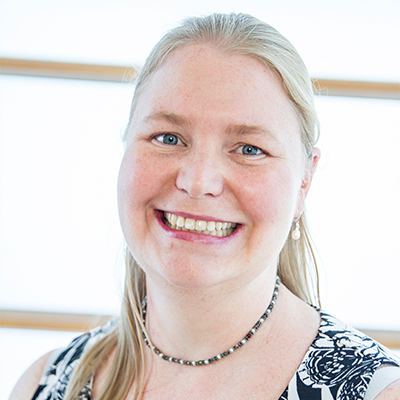Spotlight: Marcelo Lozada-Hidalgo
Marcelo Lozada-Hidalgo attended Graphene Study 2015 as a PhD student. Three years later he returned to Graphene Study 2018 as a speaker.
Tell us about your research?
My research is focused on exploring proton transport through atomically thin crystals. We found that protons (nuclei of hydrogen) can transport through defect-free atomically-thin crystals in ambient conditions. These crystals also display subatomic selectivity: deuterons, nuclei of hydrogen's heavier isotope deuterium, transport across these crystals 10 times slower than protons. Surprisingly, proton transport through these crystals is very sensitive to solar light: a single photon can induce the transport of 10,000 protons through graphene.
These results establish atomically thin crystals as unique membrane materials. Encouragingly, these results were obtained from only 2 different 2D crystals; hundreds more remain unexplored for ion transport. This is a fertile ground to look for new science but also for new avenues in energy conversion. These crystals could be very useful membrane materials in fuel cells, isotope separation for nuclear energy and perhaps artificial photosynthesis. The aim is to use these crystals to enable new energy conversion technologies that are either struggling towards commercialisation or are not feasible at all with current materials.
How has the Graphene Flagship impacted your work?
The Graphene Flagship has been a huge boost to graphene research in general. That has generated new science which is very relevant to my work.
What are the benefits of programmes like Graphene Study?
Graphene Study is a fantastic opportunity to meet with the leading scientists in graphene. As a delegate, you get the chance to talk to them during lectures and, crucially, outside lectures. Most speakers stay for several days so, given the large speaker to delegate ratio, you get the chance to ask them whatever you want. That includes non-technical questions regarding their perspective on how to build a career or what they see as the main goal of their research. It is interesting to see the different perspectives of different researchers in different countries.
Equally important, Graphene Study allows you to meet with your peers around Europe. That gives insight into all the little tricks that people use in their sample fabrication and measurements. This is usually not published, but talking to the students you learn how it works in their labs. It is also an opportunity to see how science – with all that involves – is done in other countries.
In some editions of Graphene Study you also get to know the editors of high profile journals. And again, given the large speaker to delegate ratio, you get to interact as much as you want with them. All this in the very relaxed atmosphere prepared by the organisers. In summary, Graphene Study is a great opportunity to get perspective about science in Europe and the world.
How did it feel to speak at Graphene Study after having been a participant yourself?
I felt honoured to have been invited; especially given the high calibre of speakers. I hope I managed to interest some students and show them a different research area.
What advice would you give to early career researchers?
Progression in academia means becoming an expert/leader in a research direction. You need to find one direction you really care about. This direction should be unique and, crucially, you need to get good at it. Hard work is obviously essential. But equally important, you need perspective about the challenges out there that your research can address. So, attending events like Graphene Study is highly beneficial.
Where do you go from here?
It is now about exploring more crystals and trying to use what we already found in energy technologies. My goal is to find exciting science and use it in new energy technologies.




